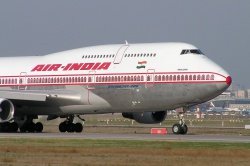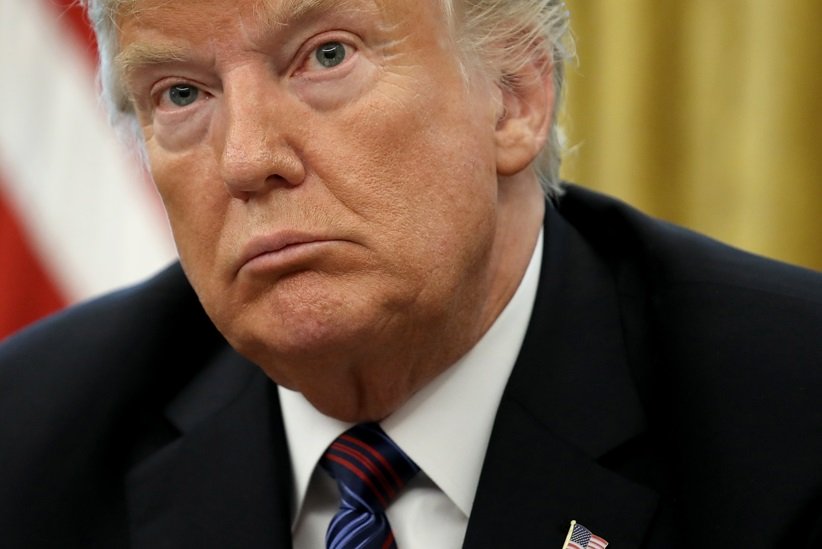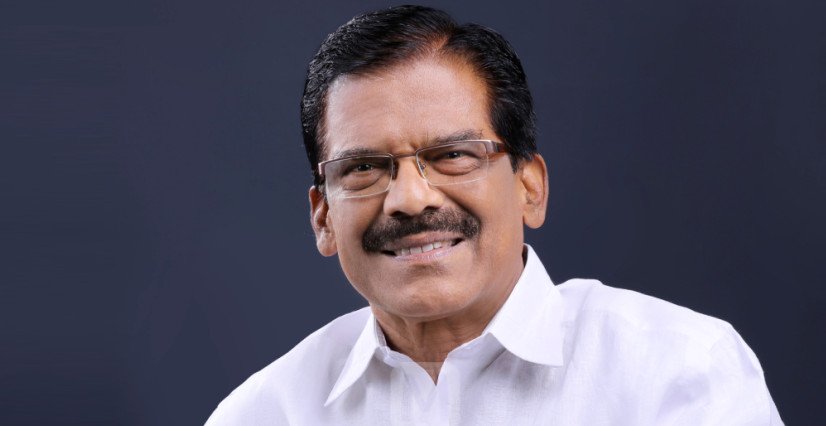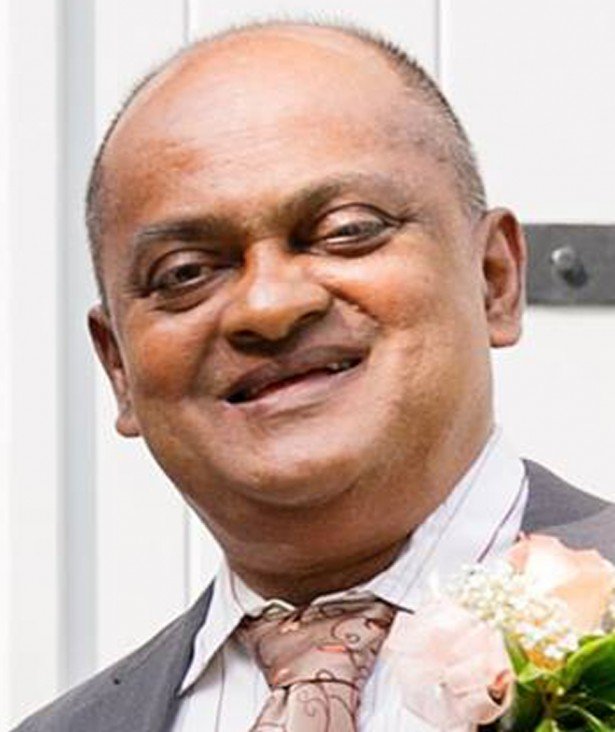India and the US are in final stages of an agreement on sharing information and technology to enhance their capabilities to detect threats in air travel, a top Indian official has said.
"We are in the final stage for signing of Memorandum of Agreement (MoA) for sharing of sensitive security information to help each other in enhancing the capabilities of detection of threat items," Aviation Secretary K N Srivastava said at a meeting of aviation experts and officials during the India-US Aviation Summit which concluded here yesterday.
Srivastava said this agreement would require sharing of knowledge as well as supply of latest technical gadgets including body scanners, threat containment vehicles etc.
"India has played an important role in developing International Civil Aviation Organization Universal Security Audit Programme by offering its expertise," he said in his remarks during the inaugural session of the three-day Aviation Summit, which brought together top government officials, corporate leaders and experts from both the countries.
In the field of aviation security, India has already signed two MoUs with US i.e. on technical visits by teams from either country as well as safe and secure movement of Federal Air Marshals to each country, he said.
Srivastava said that in order to provide harmonisation of upper air space; reduction in separation on major routes based on seamless radar and ADS-B coverage, reduced separation on RNAV routes, continuous descent operations, INSPIRE programmes, ANS of India seeks valuable cooperation of US in the technical expertise as well as equipment.
While ADS-B - Automatic dependent surveillance-broadcast - is a cooperative surveillance technology for tracking aircraft, RNAV or Area navigation is a method of instrument flight rules (IFR) navigation that allows an aircraft to choose any course within a network of navigation beacons, rather than navigating directly to and from the beacons.
"To maintain the sustainability of civil aviation operation we need to have maintenance, repair and operations (MRO) business and the Government of India has made several concessions," he said, adding that the industry has widely welcomed these concessions.
"However, it is necessary for growth of MRO industry that FAA may give certification. Indian MROs and organisational approval for component repair and overhauls. The recognition of DGCA licenses of airport mechanics for FAA is also required," he said.
"It would be welcomed, if FAA complies a document of compliance, which can be adhered to and FAA may thereafter grant required recognition certification. A FAA designated engineering representative may attend to Indian MRO industry needs," Srivastava said.
He said India plans to implement Flexible Use of Airspace by civil and military users to make it is an essential requirement to foster the air travel growth with ultimate benefit to economy.
By the proposed changes, there will be a reduction of carbon emission by about 7 million kg. per annum, he said.
According to him, to keep the aviation growth in motion, airlines are expected to add around 370 aircrafts, worth $ 27.5 billion, to their fleet by the year 2017.
The number could go up to 1,000 by 2020 from 400 today and General aviation aircraft would be around 1,000 by 2020.
The estimated investment requirement for the General aviation aircraft alone is to the tune of $ 4 billion.
During the three-day meeting, the summit covered the integrated technical, policy and commercial elements of air traffic management technologies and procedures, air traffic control capacity and efficiency, safety certification, aviation security, airport sustainability and general aviation development in India.







Comments